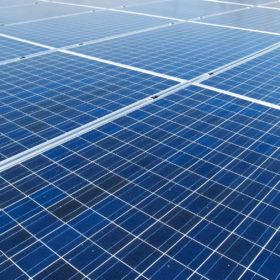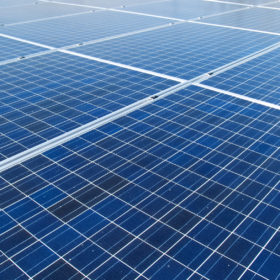Europe has potential for 21 GW of unsubsidized renewables

A study has again highlighted Spain as the most attractive European market for solar projects with subsidy-free power supply contracts. The report’s authors claim renewable energy costs have already reached market parity in several European countries.
From pv magazine Germany.
Interest in subsidy-free power purchase agreements (PPAs) for photovoltaic and wind power plants in Europe really took off last year – a development confirmed by an updated version of the Status Quo: Market Parity of PV and Onshore Wind in Europe report published by German consultancy Enervis Energy Advisors.
Analysts who crunched the data from 25 nations calculated a 21 GW pipeline of projects was being developed without subsidy in Europe at the end of 2019.
Spain continued to lead the way, according to the Enervis report, with 4.39 GW of unsubsidized-PPA-driven projects announced last year. Italy followed, with 1.91 GW, ahead of Germany, with 1.05 GW. Demand also rose, however, in Portugal (444 MW), Denmark (338 MW) and France (158 MW) and Enervis predicted southern European markets will continue to be fertile territory for subsidy-free solar PPAs despite bureaucratic hurdles. For wind farms – on and offshore – north and north west Europe continue to be the focus.
Wholesale prices
Although the historic rise in wholesale electric prices in the EU halted last year – and has plunged during Covid-19 shutdowns – Enervis noted solar and wind power could be generated for up to €20/MW cheaper than market prices.
With the coal withdrawal plans announced by some European nations expected to buttress the wholesale energy price in the medium term, according to Enervis, ever cheaper solar and wind projects will continue to make subsidy-free PPAs an attractive option.
The updated report states the renewables business case will stand up even in the face of gas prices which fell 39% in 2019, year-on-year, and dragged down the wholesale electricity price 16% despite a 56% annual rise in the cost of CO2 certificates.
In terms of crowding out rival renewables technologies, instead of fossil fuels, the highest ‘cannibalization rate’ observed for solar last year was 12%, in Sicily. In Germany, onshore wind saw a 14% rate.
Those rates could rise as renewables penetrate deeper into European grids, according to Enervis, which highlighted fluctuation in the price of fossil fuel-fired electricity as an unpredictable variable, which could be counterbalanced by higher CO2 prices; less baseload generation; and flexible demand and storage shoring up the energy price.


